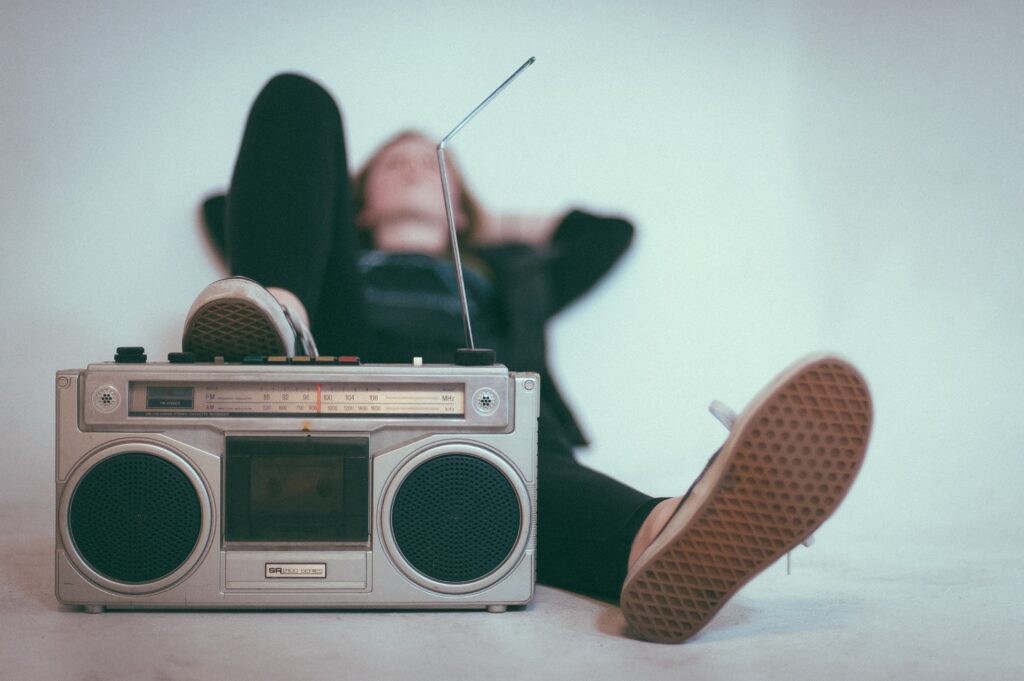
Everyone sees the world differently, we each have a unique perspective. People with synaesthesia however, see and feel the world with their senses combined. Have you ever thought about hearing colour and seeing sounds?
Synaesthesia is a neurological condition where more than one sense is experienced at the same time. This means that when one sense is activated, a different sense is activated at the same time. Most of us experience at least a few of the five sense – sight, taste, smell, hearing and touch. With synaesthesia, input from one sense results in an experience of another sense. Most of the time, synaesthesia develops in childhood, and it can be genetically passed down from parents to their children, but some people can develop it in later life or after head traumas or strokes. This being said, the actual cause of synaesthesia, is still unclear.
People who have synaesthesia are called a ‘synesthetes’, and most people consider their synaesthesia to be a gift. We are still only learning about synaesthesia, yet researcher shows it occurs in a quarter of the Irish population (The Journal). We can all use our imagination to see specific colours or images while listening to a piece of music or imagine a sour taste when we look at a lemon, but for people with synaesthesia, the specific images or sensations they feel are unconscious and uncontrollable.
Another fascinating thing about synaesthesia is that there so many subtypes, there may be anywhere between sixty to eighty. Some people may also have more than one form of synaesthesia. Some of the most well-known forms of synesthesia are:
Grapheme-colour synaesthesia – thought to be the most common form of synaesthesia, where letters and numbers are associated with specific colours, eg. always seeing the number 4 in the colour green or the letter A in blue.
Ordinal Linguistic personification – where sequences like numbers or days have emotions, genders or personalities, eg. the letter A as female and the letter T is male, or number 1 as bossy and number 3 as cheeky.
Chromesthesia – often called sound-to-colour synaesthesia, where people see colours for specific sounds, eg. the note D major is yellow but D major is dark green, or a car horn can be blue.
Mirror-Touch synaesthesia – where people have a heightened sense of empathy, they feel someone else’s physical pain when they see them get hurt, eg. when watching a friend grind their teeth the synesthete will feel that same sensation in their mouth.
There are also some forms of synaesthesia that are extremely rare.
Auditory-Tactile synaesthesia – one of the rarest forms of synaesthesia, when a sound triggers a specific bodily sensation, eg. the sound of a car horn may feel like you’re being tickled.
Lexical-Gustatory synaesthesia – when hearing certain words triggers specific tastes, smells or textures, eg. the word ‘jail’ tastes like cold bacon.
Misophonia – this was only recently accepted as a form of synaesthesia, this is also the most concerning form of synaesthesia. Most other forms are considered to be helpful, but misophonia is different. Misophonia is when a person experiences negative or aggressive reactions to sounds, the most common triggers are chewing or loud breathing. Although these things can sometimes be annoying for everyone, synesthetes feel anger on a more extreme level. These common triggers are often unavoidable and so this can be a real challenge for the synesthete.
Do any of these forms of synaesthesia sound familiar to you? There is no clinical diagnosis for synaesthesia but you can do tests like the Synaesthesia Battery test online. To be a true synesthete, the associations between senses need to be consistent, where you experience the same sense every time you see that particular trigger.
Synaesthesia is often linked to creativity, many talented and successful people are synesthetes. Billie Eilish, Lorde, Frank Ocean, Billy Joel, Kanye West and Tori Amos are all synesthetes, and some have spoken about their form of synaesthesia. Pharrell Williams and Maggie Rogers are both sound to colour synesthetes, and when Pharrell listened to Maggie Rogers’ song Alaska it was clear that he was experiencing something amazing.
Synaesthesia shows the true power of the human brain, it is easy to see how synesthetes would feel it is a gift. If you would like to know more about synaesthesia and music, check out the video below.




